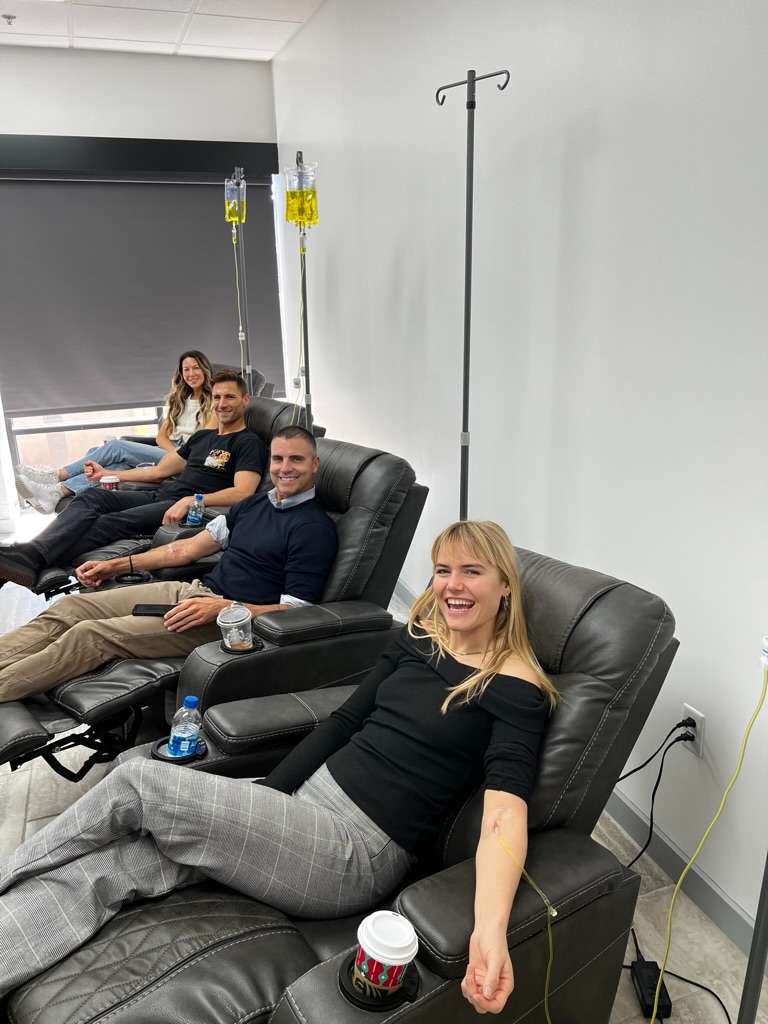After a decade of performing over 23,000 stem cell procedures worldwide, R3 knows that the regenerative procedures are safe. The quality control employed during the stem cell production is second to none, and the side effects R3 sees are usually mild to moderate and temporary.
They may include itching, dizziness, lightheadedness, low grade fever, chills, headache, nausea. These are typically temporary. If a patient has an allergic reaction to the multivitamin or a preservative, all of R3’s Centers have the medications to resolve it quickly.
One of the questions we get asked a lot is, “Will the stem cells get rejected?” The answer is NO, as the stem cells do not have MHC 2 markers. Those are the ones that would cause an immunologic reaction. But they are not there, so the cells are “immunologically privileged.”
Another question often asked is “Is there a chance of a tumor forming?” Once again the answer is NO. The mesenchymal stem cells and exosomes used during treatment have never been shown to have tumor forming potentials. In fact, they have been shown to be anti-tumor forming.
For the past decade, R3 has been successfully treating CKD patients with IV stem cell and exosome therapy. The cells and exosomes are attracted to inflammation, which is a large component of CKD. So they will go predominantly to the kidney, but also, to areas that are experiencing disease as well.
So, for example, if a person has CKD secondary to diabetes, the cells and exosomes will also go to the pancreas to assist with function there too. There are Centers that promote injections directly into the kidney, or renal artery/vein. This is not necessary and entails additional risk!
R3’s providers will calculate the amount of stem cells based on patient weight and CKD severity. It will range from 1 to 3 million stem cells/kg. Depending on the total amount, treatment may need to be broken up into two sessions, three at the most for optimal safety.
R3 Stem Cell’s renal disease protocols are based on the latest research along with Best Practice Protocols developed over the past decade to help patients achieve the best outcomes possible. Safety is paramount with the biologics products being rigorously tested prior to use, and expert providers managing each treatment as if it was a family member!
Because stem cell therapy for CKD is not a permanent cure, it’s important to make it affordable. Repeat therapies can help maintenance and/or achieve additional improvements for CKD. So a lot of patients seek additional treatments at R3 Stem Cell every six to eighteen months.
Unfortunately, stem cell clinics in Colombia, China and Panama charge over $20,000 USD for CKD treatment. Because the one treatment cost so much, how are individuals supposed to budget for that every year?? R3 Stem Cell’s fees are less than half that for 100 million high quality stem cells!












































